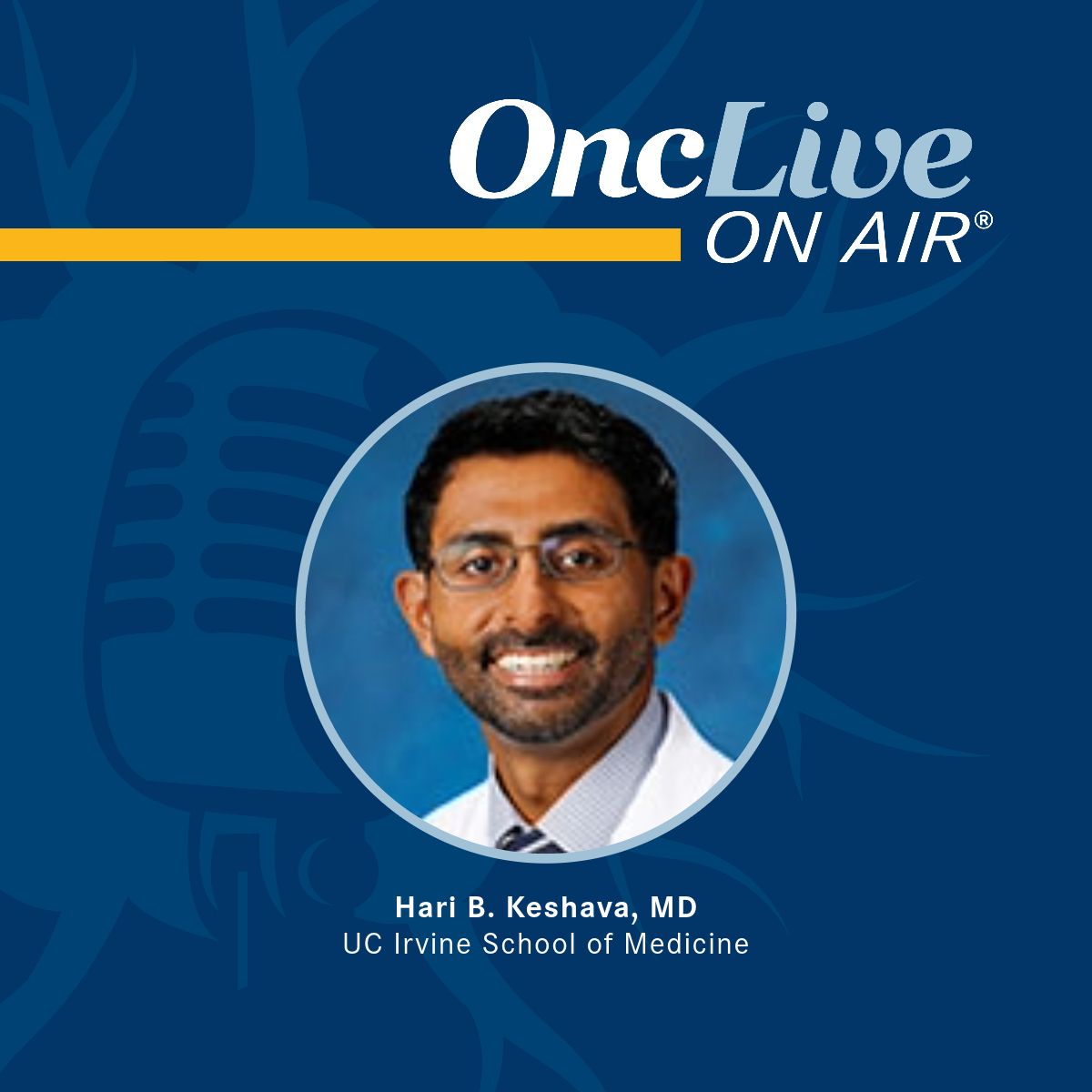Video
Non-Driver Mutation Non-Squamous NSCLC
Transcript:Sanjay Popat, PhD: Patients with non—small cell lung cancer, which is non-squamous in histology, have a tumor which has activating mutations or without driving mutations. Those with driving mutations can have therapies which are targeted against it, which can be used and can often be highly active in switching off the function of that genetic aberration. In that setting, those patients with driving mutations often do well in the metastatic setting, with very long durable responses and good progression-free survival, which usually translates to long overall survival. By comparison, those patients without driving mutations, effectively, the vast majority of those patients undergo chemotherapy, and sometimes immunotherapy. And, in the vast majority of patients, overall survival can be somewhat limited.
The percentage of patients with non-squamous non—small cell lung cancer without driving mutations is variable depending on which study you read. But, it’s somewhere in the order of about 20% to 30%, sometimes even less than that, depending on the extent of tumor testing that has been done. The vast majority of patients with non–small cell lung cancer, which is non-squamous in histology, who have undergone genetic testing, have got driver mutations such as K-RAS, ALK, EGFR, BRAF, ROS, HER2, and there are a smaller number of other variates that have been identified.
But, even when you put all of those together, there’s usually on average of about 20%, 25%, sometimes 30% of patients who don’t have driver mutations.
In patients with advanced non—small cell lung cancer who lack a driver mutation, their treatment after failure of first-line treatment is really quite challenging. There’s a huge unmet need here because the prognosis untreated is extremely poor, and the standard that we’ve had for many years, which is docetaxel, chemotherapy, has really very minimal activity. It has lots of toxicities including alopecia, high rates of febrile neutropenia, if not given primary G-CSF (granulocyte colony-stimulating factor) prophylaxis. And, for many patients, this just isn’t optimal care.
Transcript Edited for Clarity









